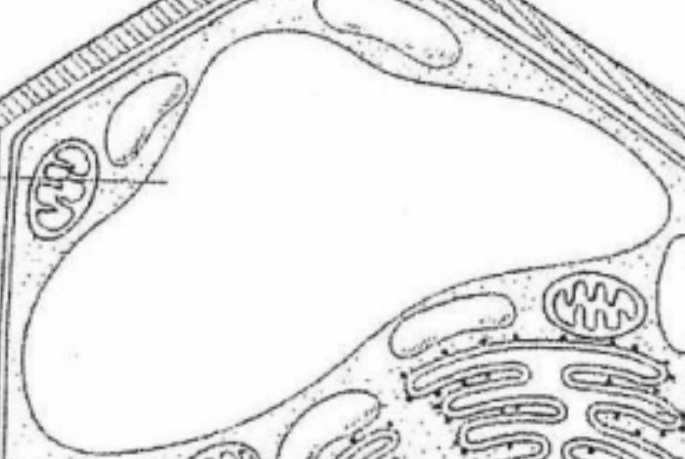Grade 10 Bio - Cell Organelles
1/14
There's no tags or description
Looks like no tags are added yet.
Name | Mastery | Learn | Test | Matching | Spaced |
|---|
No study sessions yet.
15 Terms
Cell Membrane
The cell is surrounded by a flexible double-layered cell membrane. The function of the cell membrane is both to support the cell and to allow some substances to enter while keeping others out. Because of this ability, the cell membrane is called a “semi-permeable membrane.”
Nucleus
The nucleus is the large control centre of a cell, directing all of the cell's activities. Chromosomes that contain your DNA are stored in this organelle. The nucleus is separated from the rest of the cell by the nuclear membrane.
DNA
Chromatin is a “thread-like” material inside the nucleus. This material contains genetic information called DNA (deoxyribonucleic acid), a substance that chromosomes are composed of that makes up the genetic code.

Mitochondria
The mitochondria is sometimes referred to as the powerhouse of the cell. Mitochondria are largely responsible for providing the cell with energy from glucose (sugar) through a process called cellular respiration.
Endoplasmic Reticulum
The endoplasmic reticulum is a three-dimensional network of branching tubes and pockets. It extends throughout the cytoplasm from the nuclear membrane. These fluid-filled tubes transport materials, such as proteins, through the cell.
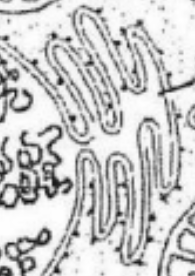
2 Types of Endoplasmic Reticulum
Smooth Endoplasmic Reticulum (SER)
No ribosomes attached
Makes fats or lipids
Rough Endoplasmic Reticulum (RER)
Has ribosomes attached
Helps make proteins
Ribosomes
Found on the endoplasmic reticulum or free in the cytoplasm. Proteins are made in this organelle.
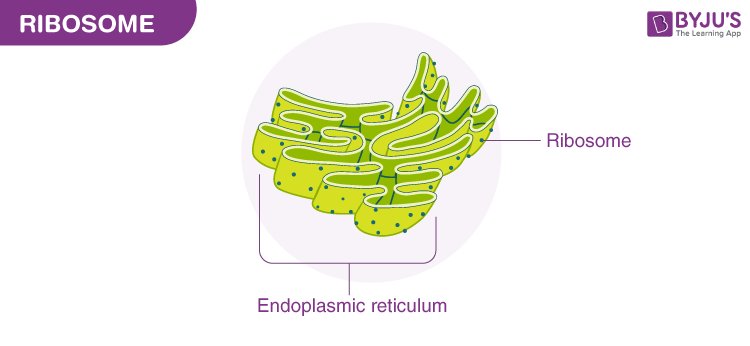
Golgi Bodies / Apparatus
Golgi bodies collect and process materials to be removed from the cell. They also make and secrete mucus. Cells that secrete a lot of mucus, such as cells lining the intestine, have many Golgi bodies.
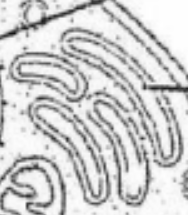
Cytoplasm
All the organelles inside the cell are suspended in the cytoplasm. The cytoplasm is mostly water, but it also contains many other substances that the cell stores until they are needed. Many chemical reactions take place within the cytoplasm.
Cytoskeleton
Network of protein fibers supporting cell shape and anchoring organelles can stretch and contract to move cell parts as needed
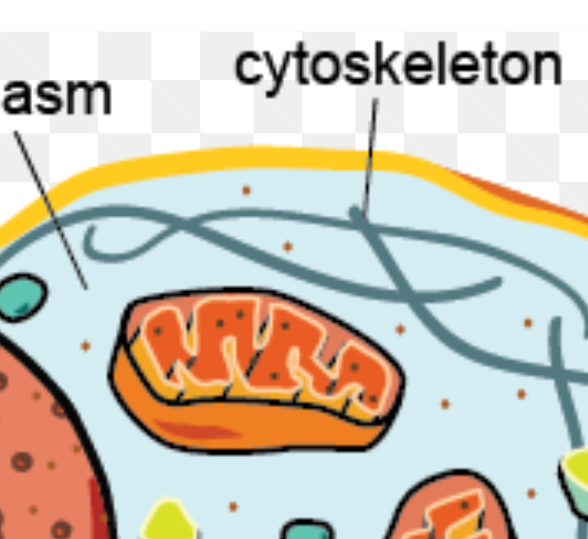
Lysosomes
Contain proteins that break down food into smaller particles that the rest of the cell can use. Destroy old cells, recycle the parts. Destroy invaders.
Cell Parts Found only in Plants
Chloroplasts, Cell Wall, Large Central Vacuole (animals have them but they’re smaller)
Chloroplasts
Contain chlorophyll and give leaves their green colour. Absorb light energy which is used in photosynthesis.

Cell Wall
Just outside the cell membrane. Provides support and protection from physical injury.
Vacuole
Plants usually have one large vacuole which takes up most of the space inside the cell. When full of water, turgor pressure keeps the cells plump which keeps the plant’s stems and leaves firm.
